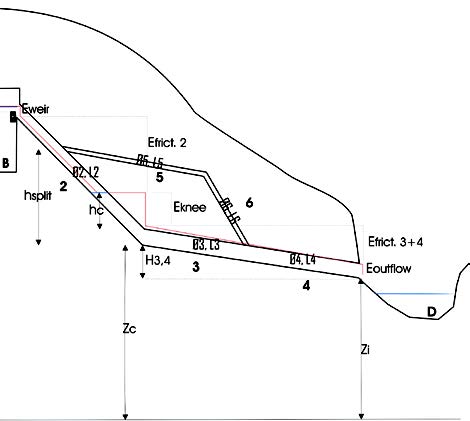A Steady State Hydraulic Model of a Karst Aquifer
DOI:
https://doi.org/10.3986/ac.v36i2.196Abstract
It is known, that 90 % or even more of underground water flows through large conduits. Restrictions and siphons represent only small percentage of karstic aquifer. But because of them, conduits, which transmit water, are only partly accessible. Difficult access is a reason why many water transmissions have not been explored yet. Because of this, geometry and length of all underground conduits is not known, it can be only predicted. In such a case processes of water flow in karstic conditions are more easily predictable by modeling. Basic physical models are usually used. They are based on the conduit permeability of karst water. We assume conduits with different dimensions, smaller usually presenting areas of full pipe flow (under pressure) and larger open channel flow. We were interested in the hydraulic conditions, when does the change from open channel to full pipe flow occur and when does underground flow from main conduit divide into two neighbouring conduits. The response of a karst aquifer to a flood pulse was not studied in our model, but we observed its behaviour during a constant increase of recharge into the karstic underground.
Downloads

Downloads
Published
How to Cite
Issue
Section
License
Authors guarantee that the work is their own original creation and does not infringe any statutory or common-law copyright or any proprietary right of any third party. In case of claims by third parties, authors commit their self to defend the interests of the publisher, and shall cover any potential costs.
More in: Submission chapter




